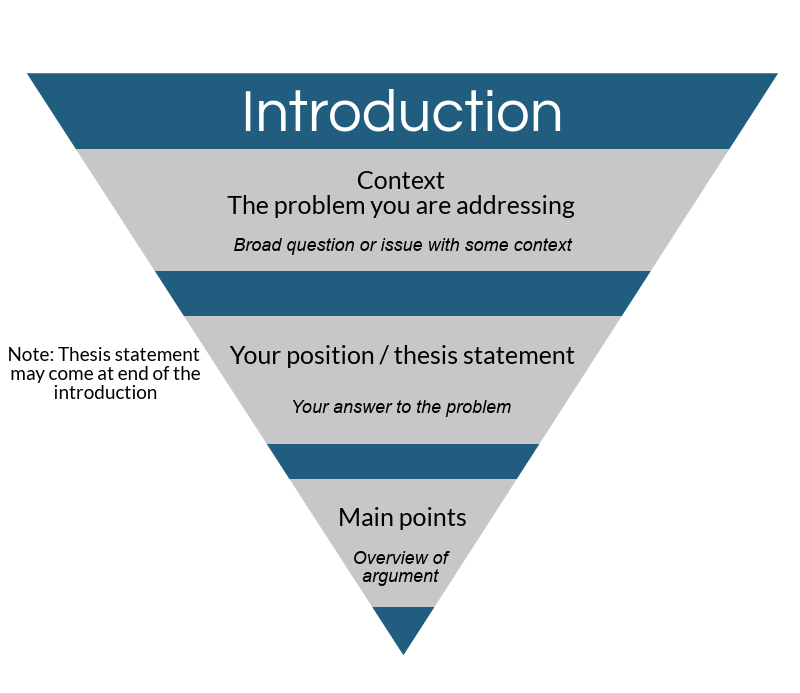Working on and presenting an acceptable dissertation is perhaps one of the most important stages of your academic life. This stage also helps to define your tenacity, strength, and affinity to your program of choice. Thus, each one of us invests their time, skills, and other resources to ensure that you bring out the best of yourself.
Sure, a dissertation is a test of your knowledge and skills in your program of study. One might even say that with ample knowledge and skill of your program, this is just a stage test you will definitely pass. However, to write a good dissertation, you must equip yourself with the know-how to deliver a high-quality piece. You must have both hard academic skills as well as soft planning and execution skills.

Writing Your Dissertation Introduction And Abstract
Before you embark on the dissertation research paper that requires not the only investment of your time, but the investment of skills you’ve been working to build, you must ensure you have the proper preparation. The number one item on your task list should be your topic of choice. Ensure that you have picked the right topic and have conducted ample research on it before you begin.
Have a skeleton map of all the parts of your dissertation and ensure that each part forms a synergy with the other. You want your topic to be as objective as possible and not filler paragraphs to fill the dissertation length requirement. Once you have identified your topic, begin writing your dissertation introduction right away.
By writing down right away, you will not only utilize your time effectively. You will also remember your points for future use. Writing your dissertation introduction right away rather than saving it for the future, helps you develop more ideas along the way as you go. When you put it in retrospect, your dissertation introduction is when you set up a road map of your work and ideas come up about how you will go about your dissertation research.
Typically, your introduction should contain the background information of your topic, and how it is relevant to your research, the focus of your research, the objective of your research, and why it is of value. The background information eases your reader into the reality of your topic. The focus on the other end helps your reader rationalize the research.
The value, aim, and objective of your research paper should almost take you back to the first item of your checklist and questions that you asked yourself in the beginning. How does the topic relate to your studies? Is the topic clear? Are the objectives achievable? You may, however, decide to break up the points into pieces. For example, you may focus the introduction on the background and the topic question then, introduce the aim and objectives in the next section.

You may include headings and subheadings to objectify and effectively reference your points. However, don’t dwell on the question of “how long should an introduction be?” An introduction that accounts for more than 5% but less than 10% of the dissertation paper is ideal.
Before you are lost in the reels of the introduction, the topic of dissertation introduction vs abstract might jump into your mind. Whilst it advisable to write your introduction essay at the very beginning of the paper, it is otherwise advisable to write the abstract essay at the end. The difference between abstract and introduction is that the introduction presents the reader with the problem at hand and how you will tackle it.
The abstract on the other end gives an overview of the paper to your reader. Thus, you will only write an articulate abstract essay after you have concluded the paper and taken in all the material you worked on. After you figure out which information goes where only then will you be able to isolate what goes into an abstract and what doesn’t. Typically, your abstract should contain the purpose or intent of your dissertation topic, your research methodology, your findings, the conclusion and the way forward.
Dissertation Conclusion
When your reader finally reaches the conclusion stage, one of the most important observations that they will make is if the dissertation introduction and conclusion form a unison. The conclusion must support the introduction chapters and all the way through, so you can make your point in the end.
However, sometimes the conclusion may not be as easy as it sounds. It is known to be perhaps one of the most significant mentally draining parts of your dissertation. Think of it as if you are a defense lawyer making your final statement before the judge or jury deliberates on your case.
The number one rule is to be objective, stay on point all the way to the end. Don’t repeat or insist on your point with no objectivity. You can easily deliver an outstanding conclusion by planning your points. Begin by writing a conclusion outline. The outline acts as a conclusion introduction as it reminds your reader of the topic, objectives and introduces them to your finding and what you want to present to them.
Outline your findings, link them to the aim and objectives for a fine conclusion. Clearly state your recommendations as well as contributions to knowledge, even your personal growth and thought process. As short-sighted as recommendations and contributions may appear to be, they are actually highly valuable parts of the conclusion chapter.
Failure to include these sections may cost you marks. The recommendation section represents you as an expert on a particular topic and allows you to convey your solutions to the reader. Similar to your introduction, the answer to how long should a conclusion be is the same. The contribution section no the other end outlines how your work will contribute research and more work related to the field.
Additionally, the section also gives the reader an understanding of your thought process as they go through your perceived experience. The conclusion should cover more than 5% of the paper but not more than 10%. This means that when you specifically think of the question of “how many words should a chapter be?” Well, the answer varies. Your dissertation introduction & conclusion should be anywhere between 1,500 and 5,000 words for a master’s degree dissertation and up to 10,000 for doctorate programs.
Examining Parts Of Dissertation
This means that the majority of your work is put on the actual dissertation research, up to 80%. As long as you properly map out the direction of your research you should be fine. Through the chapters between, ensure that the work links back to your introduction and the dissertation research topic. At the end of the day, you can narrow down points that guide you through to make sure you are always on the right path.
Throughout the chapters, ask yourself if the focus is still clear and relatable. Does your research conform to the rational? Is the choice of research methodology working? And many other self-devised questions as tools to keep you on the right path.
Bottom Line
Apart from following the guidelines, and having the academic know-how, you may even insert more soft skills that prove to be fruitful for your dissertation paper. Communication skills are the number one soft skill appreciated and sought after by many in the 21st century. Thus, you can relate this skill to how you deliver your dissertation paper.
You want parts such as the introduction and abstract to have as minimal acronyms and technical terms as possible. This means that your paper will be easily coherent, understood, and relatable to many audiences, even those beyond your field. This practice also makes even the most advanced of practitioners in the field to find the paper easier to read, understand, and form a connection with.
When it comes to writing your abstract essay- you must think of how it is normally brief but very informative. That is the point of your abstract and the reason why you should clearly and strategically outline the structure before you write it.
Our article How to Structure a dissertation may also help you outline the structure.
Remember that you must briefly include each chapter of the dissertation paper in a logical synopsis – sort of like storytelling in the form of a telegram. This is no wonder why your dissertation paper will not take up more than a page. A focus on your word choice may be one of the solutions that make your dissertation paper stand out.
Rather than opting for ambiguity in words or rather broad terms, you can choose to narrow down your word choice so they can closely related to the research topic. Coming up with a killer dissertation could become a real challenging task. As much as it doesn’t pose such a significance to many students, having your work proofread and edited goes a long way. If you want to buy a dissertation or looking for a professional editor to help out. This ensures that you are presenting error-free and high quality work.



